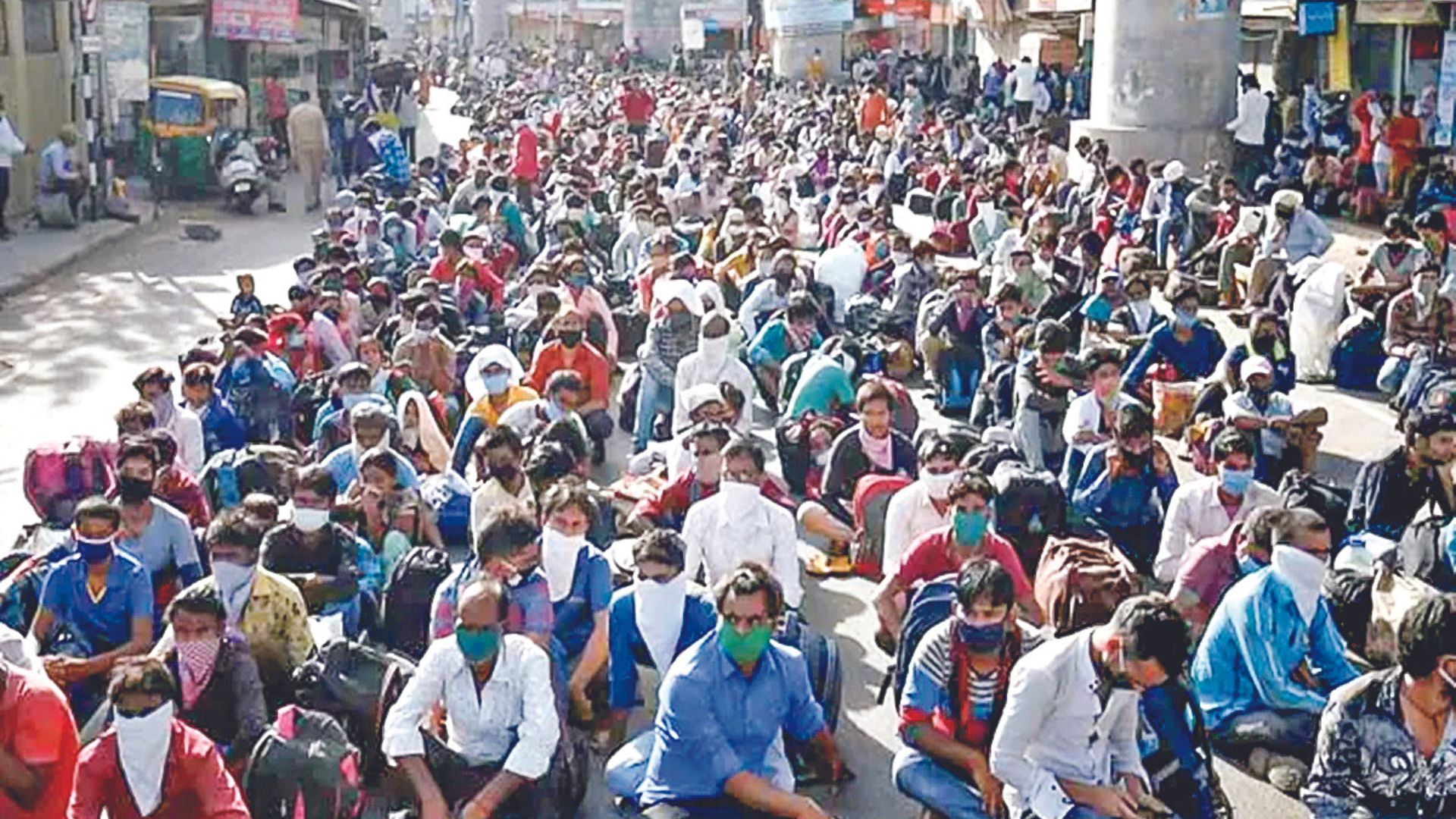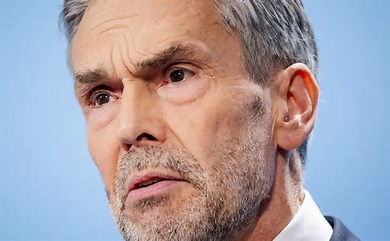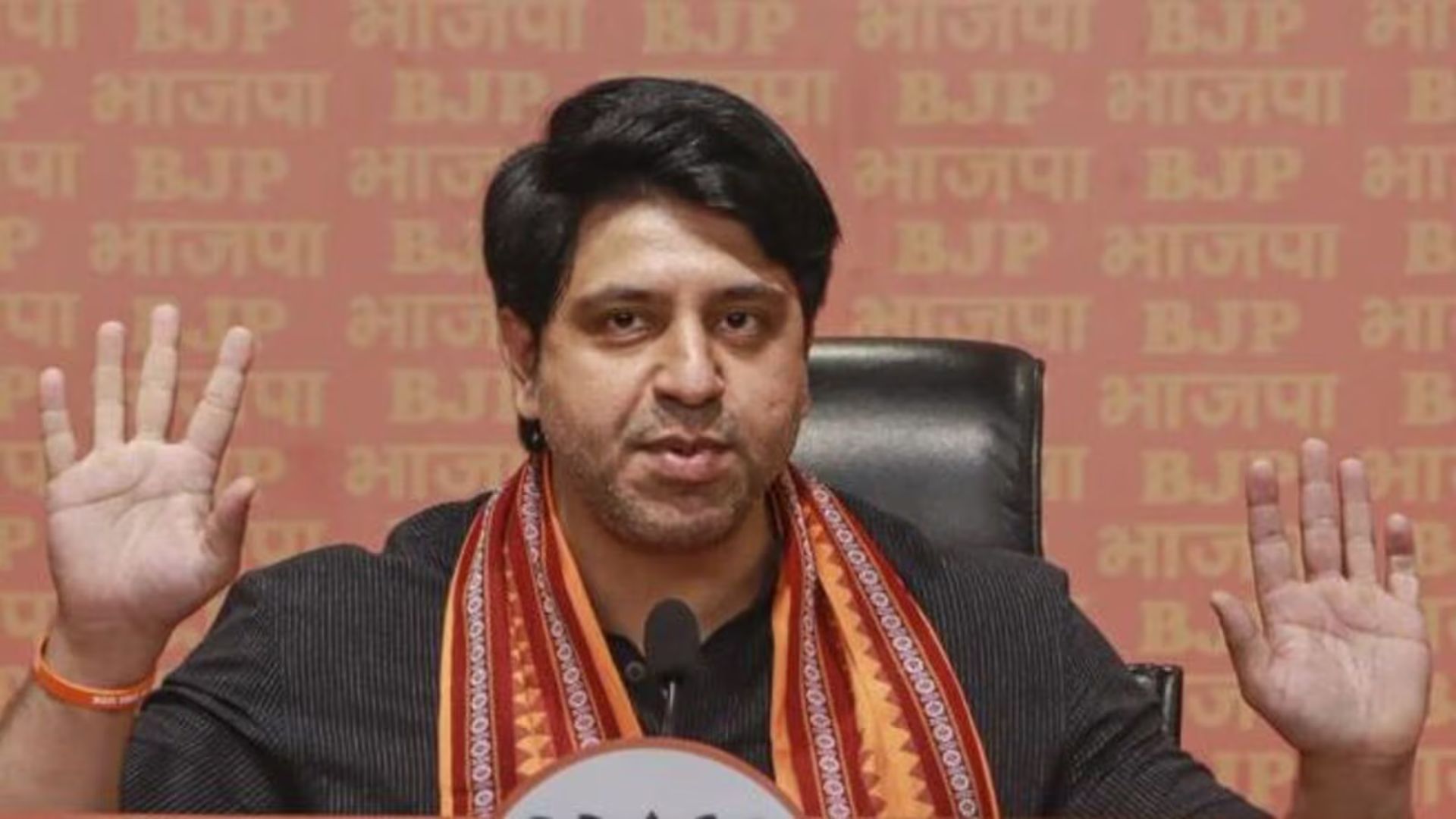
The 11th May 2024 edition of The Econ omist devotes one of the two tile pages to the new economic order, with the lead article entitled “The liberal economic or der is slowly going apart”, which forewarns that “its collapse could be sudden and irreversible”. The new economic order commenced immediately after the Second World War for the developed world. India’s tryst with structural adjustment, Liberalisation, Privatisation and Globalisation (LPG) began in 1991, when it began opening its economy. These reforms were stylised as a panacea for creating employment, generating income and leading to economic growth. India had hoped to leverage them to reap demographic dividends. Three decades down the line, the idea has gained gravity and much wider acceptability. The outcome, however, belies expectations, at least on these two counts. The 2024 India report of the International Labour Organisation (ILO) and Human Development Institute India (HDI) states that India has been struggling with the problem of unemployment among youth, particularly the educated youth, for the past 22 years. The job creation has not kept pace with the rise in the educational attainment of the populace. Youth in the age groups of 15-29 years, according to the ILO & HDI report, have made rapid strides in education. The illiteracy rate dropped from 30 percent in 2000 to 5 percent in 2022. The number of people educated up to the primary level has reduced to half, whereas those educated up to the middle level has gone up from 22 percent to 26 percent. The proportion of youth educated up to the higher secondary level has nearly doubled from 22 percent in 2000 to 43 percent in 2022. The number of graduates in the country has risen from 5 percent to 15 percent during the same period. In contrast, the workforce participation rate for the youth educated up to the high and higher secondary level has declined from 61.2 percent in 2000 to 37.8 per cent in 2022.
The participation rate among the graduates and above youth too has decreased from 55.2 to 52 percent over this period. By definition, youth means persons in the age group 15-29. According to the country’s demographics, 72 percent of youth fall into the age groups of 15-19 years and primarily engage in education activities. As this may distort the employment figures, the ILO & HDI report provides data about the activity status of youth in the age groups of 15-19, 20-24, and 25-29 years. The figures for the age group 20-24 years show that the percentage of those employed has declined from 55.8 percent in 2000 to 40.2 in 2022. For people aged 25-29, the workforce participation rate has also dropped from 66.6 percent to 58.6 during the same period. The unemployment rate in these two groups over these years has almost doubled, i.e. 4.2 to 8.2 per cent for the age group 20 24 and 2.5 to 5.5 percent for the age group 25-29 from 2000 to 2022. Disquietingly, the un employment rate of the educated youth has been way too high. The report informs that the unemployment rate among graduates and above jumped from 24.5 percent in 2000 to 28.7 percent in 2022. For the secondary and higher secondary level educated persons, the unemployment rate declined from 12.2 to 11.5 percent during the corresponding period. The economic growth model has not created enough jobs for people with higher education. The development model based on the new eco nomic world order has not worked, at least in India. Nearly 800 million people in the country need free food to survive. The scheme is proposed to be extend ed for the next five years, which means that these many people are unlikely to get adequate employment opportunities to earn their livings. The model is also fraught with its propensity to concentrate wealth in a few hands, thus accentuating economic inequities. Liberalisation benefitted the market by creating business opportunities. They may have also improved the quality of life for consumers but only for those with higher buying capacity. Initially, they also generated jobs, but mainly in the services sector. They, however, fall much short of the expectations when it comes to addressing the problems of poverty and holistic development with human face, even though these were their guiding principles.
The assurances of rapid growth and development through massive infusion of domestic and foreign direct investments have not withstood the test of time even though the signatories of the World Trade Organisation (WTO) had removed most of the barriers and conditionalities, barring those that were strategic and necessary for their national security. India, for example, opened many sectors for foreign investment, including finance and insurance. India received more Foreign Direct Investment (FDI) in the services sector than in the manufacturing sector, resulting in relatively less growth in employment opportunities for youth, particularly educated youth. India opened its economy to the world market, which displaced many of the Small and Medium Scale Industries’ products by importing goods. Owners of many micro, small and medium enterprises (MSME) turned traders from manufacturers. Trade does employ youth and adults but comparatively less than the manufacturing sector. Disinvestment of public enterprises led to job losses for youth and educated youth in the formal organised sector. It also brought in and perpetuated the process of appointing people on a contract, subcontract and outsourced basis. This casualisation of labour employment provides poor service conditions and little job security and social safe ty net to educated youth. The job market apart, the world today is far less equitable. The concentration of wealth is a real issue as a minuscule minority has ap propriated most resources in the global economy. This is happening not only in India but all over the world. Much of the adverse con sequences could be attributable to economic liberalisation overwhelmingly dominating the corporate sector. This very corporate sector had initially wanted to create a level playing field before opening the economy. In the new eco nomic order, they found ways and perfected the art of influencing public policy and moulding governmental decisions to their advantage.
No wonder the world is getting disillusioned with liberalisation and globalisation. Even the champions of the free market economy are increasingly promoting protectionism and imposing trade and tariff barriers. India, too, may have to take a call in this regard sooner or later. And as we do so, the development model must not undermine democracy and liberal ethos deeply ingrained in the psyche of this great nation.
G.D. Sharma was a former Senior Fellow at the National Institute of Educational Plan ning and Administration (NIEPA), Furqan Qamar teaches at Jamia Millia Isla mia New Delhi.















